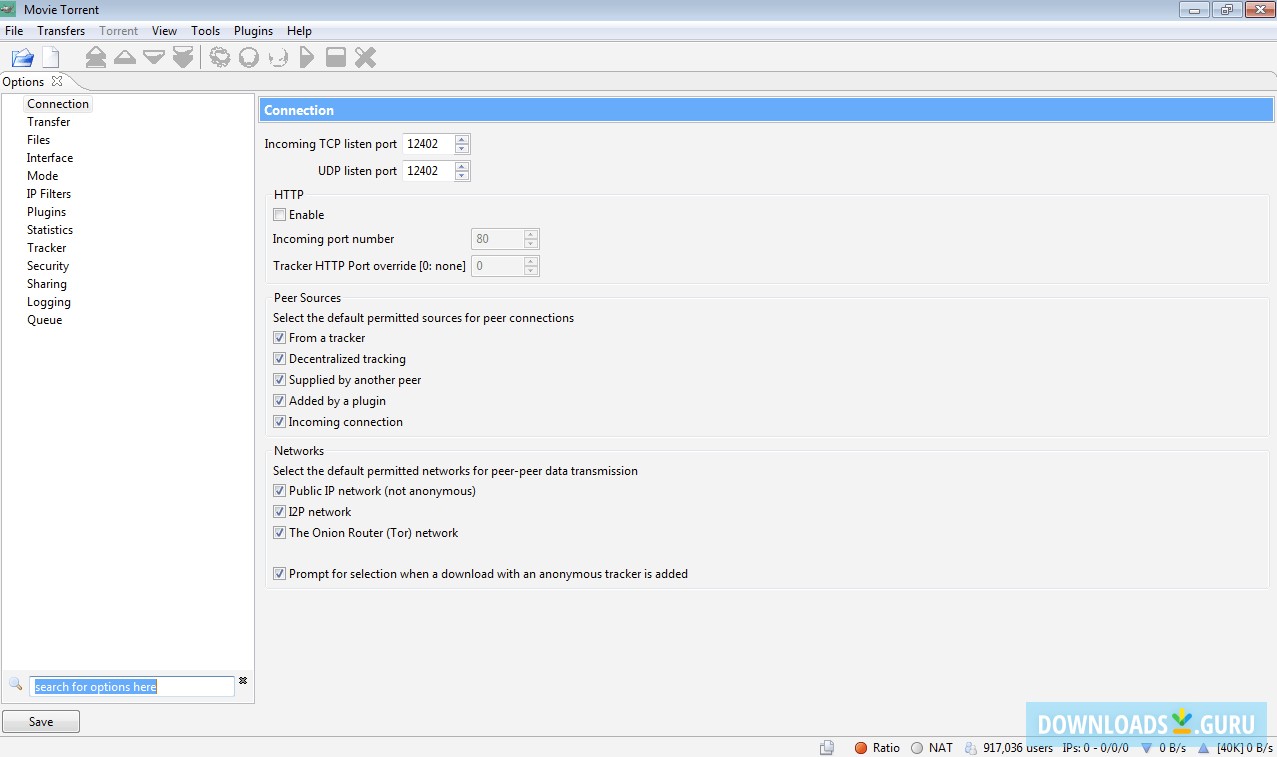
Antetype for windows torrents keygen#

His famous painting A Meat Stall with the Holy Family Giving Alms (1551) depicts an abundance of still life in the form of meat, and subtle Biblical subjects. The Dutch painter, Pieter Aertsen (1508–1575) is known for his pioneering still life paintings. Meat was eaten at special and joyful occasions, but the Christians were also faced with the morality of eating the decaying meat. 4 In strong Christian societies, for instance, meat as a foodstuff was considered a privilege. It was a privilege, and not something, to which everyone had access. 3 Instead, elements of still life were incorporated into religious and allegorical works.įeasts and heaps of food lying on tables were associated with a wealthy lifestyle and, to some extent, gluttony. Painters in the 16th and 17th centuries did not only paint transience and decay. 2 In Italian, the term “still life” is natura morta, which means “dead nature”. Artists wanted to present their artistic ability of turning elementary food ingredients such as meat into artistic creations.īy the 17th century, still life paintings had become an independent genre, especially in Northern Europe. During the Renaissance, with the emerging middle class and the pursuit of higher social and intellectual status, individuals wanted to display their talents. In the 15th century, artists drew inspiration from the antique and the natural world, and began to depict objects such as food. 1 The depiction of food and feasts is a motif and symbol rooted in literature, mythology, metaphors and religions, and dates back to the Middle Ages and to Ancient Greece and Rome. Historically food and feasts has been a recurring factor in the cultural scene, depicted in a countless number of contexts. I hope his many Chinese friends, colleagues, and students will be happy to meet Norbert Tadeusz again – not him in person, but to meet his life. It is also a special privilege to bring Norbert Tadeusz back to China: this time not for a lecture at CAFA, but for a visual lecture. It has been a great pleasure to work on this exhibition and to learn more about this great artist who devoted his life to painting. I met Tadeusz several times before he passed away in 2011. Norbert Tadeusz has also contributed to the cultural exchange in a dialogue with Chinese academics, who invited Tadeusz to give lectures in Chongqing, Chengdu, Xian, Shanghai, and Beijing in 2001. As a Dane, I am happy to bring people together without borders. A dialogue between the artists and their audience. A dialogue not just between two artists, but between two cultures. Being a space, in which culture and art meet, we have created an exhibition, in which Christian Lemmerz MEETs Norbert Tadeusz in a dialogue on the topic of MEAT – Two Germans in a Danish institution in China. I am happy to bring Christian Lemmerz back to Beijing for his second exhibition at the Faurschou Foundation and to the Chinese audience. Lemmerz can draw and carve like no one else in his generation.

But, while the two British artists continued the pop era, German-born Lemmerz drew his inspiration from further back in art history, bringing the craft of carved marble back to life. Since the 90’s, Christian Lemmerz has brought Michelangelo back into contemporary art and, throughout his career, has taken Duchamp and Rauschenberg a step further, together with Damien Hirst and Marc Quinn. The pig installation was beautiful, Saatchi’s phallus was an astute comment on the art market, and the self-portrait carved in marble dealt with the topic before suicide bombing became a part of our daily lives. His installations, involving dead pigs, the severed penis of Charles Saatchi in a urinal, or his own portrait in marble as a suicide bomber, have challenged my borders again and again. It was, therefore, obvious that our inaugural exhibition in China should present works by Robert Rauschenberg.Ĭhristian Lemmerz is one more artist who has influenced me greatly. For me, personally, he shaped the way I look at art. No artist had a stronger influence on the contemporary art scene in China than Rauschenberg. Robert Rauschenberg was already present in Beijing in 1985 – so far ahead of all of us – and had contributed more than anyone to global artistic dialogue. When we opened our space in Beijing in 2007, we believed that we could make a difference with our presence, contributing to cultural exchange in the global world.


 0 kommentar(er)
0 kommentar(er)
